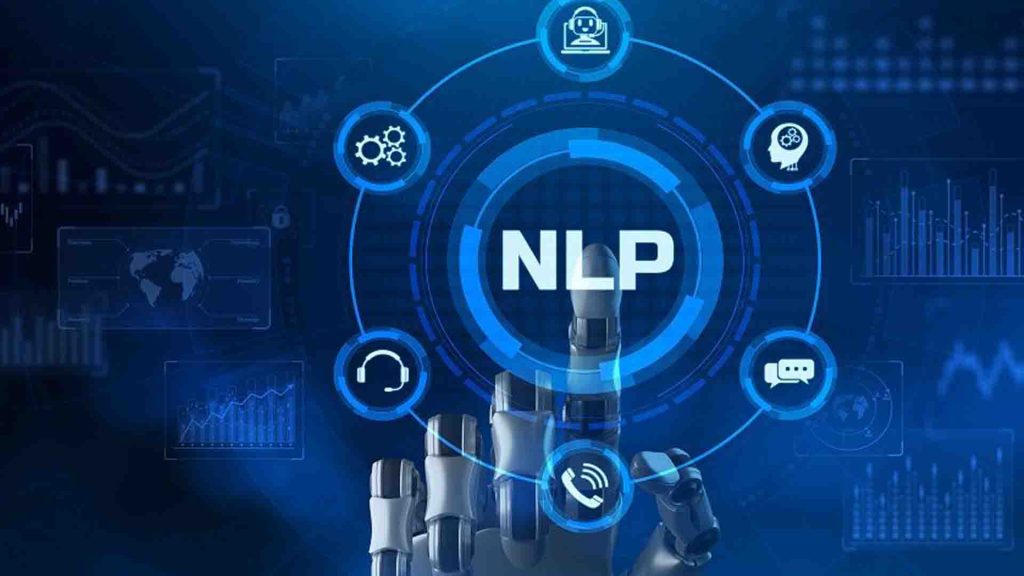Table of Contents
A guide to preparing for a seismic, tech-driven shift with use cases that can position companies to embrace today’s customer expectations.
Consumers now expect the same experience from insurance companies as they get from companies like Amazon, Uber or Walmart.
Everything today has to be fast, but it also has to be authentically personal.
Personalized experiences are the new status quo but delivering them at current market prices would be practically impossible without AI.
AI in insurance

With AI in the insurance industry, insurers can create unique experiences for customers looking to buy or renew insurance.
Everything from claims, underwriting to data analysis can be optimized and streamlined.
A report from PwC predicted that AI’s initial impact will primarily relate to improving efficiencies and automating existing customer-facing underwriting and claims processes.
Over time, its impact will be more far reaching – it will identify, assess, and underwrite emerging risks and also identify new revenue sources.
This article will explore in detail six areas of AI that are helping insurance providers reimagine their operational strategy.
Let’s look at each of them and their individual use cases.
1. Machine Learning
Machine learning automatically learns from data without human intervention or without being explicitly programmed.
There are essentially 5 reasons why insurance companies are now turning to machine learning:
– Customers are expecting personalization and have no qualms changing providers.
– Machine learning can be seamlessly applied across structured, semi-structured or unstructured datasets.
– New tech players are grabbing market share and setting new standards leaving traditional insurance providers with no choice but to follow suit.
– It can be applied across the value chain to understand risk, claims, customer behaviour with higher predictive accuracy.
– Getting started with machine learning has become increasingly easy because of open-source frameworks, accelerated hardware, pre-trained models available via APIs, validated algorithms and an explosion of online training.
Some use cases of machine learning

– Insurance Advice: Consumers are seeking the kind of personalized solutions made possible by machine learning algorithms that review their profiles and recommend customized products.
– Claims Processing: Insurers are using machine learning to improve operational efficiency.
Many insurance providers have already started to automate their claims processes, improving customer experience while also reducing the claims settlement time.
Machine learning and predictive models can arm insurers with a better understanding of claims costs.
These insights can help a carrier save millions of dollars in claim costs through proactive management, fast settlement, targeted investigations and better case management.
Insurers can also have a data-backed understanding of how much funding to allocate to claim reserves.
– Fraud Prevention: Machine learning can help insurers identify and flag potential fraudulent claims faster and more accurately.
Machine learning algorithms are superior because they can tap into unstructured, semi-structured and structured data to identify potential risks.
– Risk Management: Insurers can use machine learning to predict premiums and losses for their policies.
Detecting risks early in the process enables insurers to make better use of underwriters’ time.
– Other Applications: Insurers are also seeing unmatched benefits from using machine learning across functions such as direct marketing, audits, claims prediction and customer retention.
2. Natural Language Processing (NLP)
Apart from data entry, NLP helps underwriters look up relevant data on the risk they are writing using search-based analytics to speed up data access.
Some use cases of NLP

– NLP can effectively match reported claims against similar closed claims to speed up decision making process and potentially reduce claims leakage.
– Enable a semantic analysis of claims reports to support fraud detection.
– Can support desktop review of third-party risk reports by suggesting ratings and including reasoning.
– NLP can allow for a more in-depth due diligence process by automatically screening information from internet on specific topics, or names.
3. Behaviour Data Models
Most insurance companies process only analyze 10-15% of the data they have access to.
Behavioural data models can help analyze real-time customer data from IoT devices for risk classification as well as product innovation.
Using these insights, insurance companies can launch new products that incentivize life insurance customers to lead healthier lives or auto insurance customers to drive safer and so on.
Some use cases of behaviour data models

– Chat bots are becoming increasingly sophisticated.
They can help speed up processes and reduce human error by reviewing claims, verifying policy details and passing it through a fraud detection algorithm before sending instructions to the bank to pay for the claim settlement.
– By examining customer “Digital Body Language” – such as keystrokes, idle time, mouse movements, copy/paste, corrections, etc. – insurers can use machine learning to correlate certain behaviours to risk and fraud like situations.
– Using behavioural AI tools, insurance providers can uncover behavioural insights at the form-field level.
These insights allow marketing and customer experience teams to remove bottlenecks, troublesome questions and chokepoints to optimize form fields for increased conversion and great customer and agent satisfaction.
Insurance companies can use innovative predictive behavioural models to be able to measure user intent in real time.
4. Internet of Things (IoT)
According to a research study by McKinsey, people owned 12.5 billion networked devices in 2010, a number estimated to increase to more than 50 billion by 2025.
IoT is based on the use of sensors to monitor the state of an insured risk.
Some use cases of IoT
– Insurers can partner with companies to provide improved or new cross-industry products and services that leverage IoT technologies.
– Insurers can assess risk far more accurately using data.
– Networked devices allow insurance companies to establish more intensive and targeted customer interactions.
A successful use case

Liberty Mutual collaborated with Google Nest to provide its customers the ability to prevent perils.
Customers are given the Nest protect device along with their insurance at no extra cost.
This IoT device issues alerts to customers on critical parameters such as smoke, CO2 emission levels and temperature variations.
It also rewards the insured for staying safe.
5. Voice Authentication
Also called voice biometrics or voice recognition, voice authentication can validate a customer’s identity and gather basic information prior to connecting to a representative.
Voice authentication uses sentiment analysis to accurately determine emotion and tone in the customer’s voice.
When fully integrated with semantic interpretation, this can route calls faster to the right team, meaning less time switching between teams, less wait time and higher customer satisfaction.
Some use cases of voice authentication

– It has the potential to simplify and automate the identity verification processes making things a lot harder for fraudsters.
– It occurs passively, thus allowing a superior customer experience.
– It can significantly reduce call time and operational costs by eliminating traditional authentication verification process.
6. Computer Vision
Machine vision can virtually transform all stages of underwriting and claims lifecycles. It can help evaluate a broader range of risks and automate the decision-making process.
Some use cases of computer vision
– It can be developed as an app to recognize vehicle damage and estimate repair costs.
– Computer vision can also use multiple images of the same vehicle to create an all-around image of the car’s damage before reporting damage results to an insurance agent.
– Machine vision-enabled software can analyze the speed and force of collisions and use this information in the case of car accidents.
– Property data in the form of satellite images can help insurers avoid scheduled inspections.
An AI powered insurance process today for a future-proof tomorrow
To be successful, AI depends on one resource and arguably the most important resource for insurers – data.
For insurers to successfully leverage the power of AI, they need a data analytics solution in place that can collect, analyze, manage and report on the data they are collecting every second.
Once a proper solution is implemented, AI software can be put to work to help insurers make the best decisions for their businesses.
One can always start small, compare how the results fare and scale AI adoption from there.
Digital transformations with AI-based systems are expected to help insurers eventually move from “detect and repair” to “predict and prevent”.
[mailerlite_form form_id=1]
















